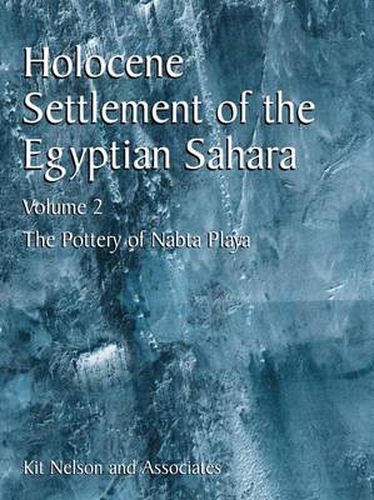Readings Newsletter
Become a Readings Member to make your shopping experience even easier.
Sign in or sign up for free!
You’re not far away from qualifying for FREE standard shipping within Australia
You’ve qualified for FREE standard shipping within Australia
The cart is loading…






The ceramic assemblages from the Nabta Playa and Bir Kiseiba area have played an important role in recognizing and defining the cultural sequence in the Egyptian Western desert. The exploration of the desert sites has yielded a ceramic chronology for the area that reaches back 6000 years to the earliest discovered pottery. By taking a comprehensive approach to ceramic analysis, researchers were able to categorize pottery by scheme, construction, and distribution. This methodology allows for: describing the types of pottery uncovered; discussing the attempts at sourcing pottery; highlighting new methods of identifying types of pottery; and detailing the distribution of the various types from that region. This work presents a look at the Egyptian ceramic sequence in the light of archaeological evidence and should be of interest to archaeologists, ceramics specialists, and historians working in northern Africa.
$9.00 standard shipping within Australia
FREE standard shipping within Australia for orders over $100.00
Express & International shipping calculated at checkout
The ceramic assemblages from the Nabta Playa and Bir Kiseiba area have played an important role in recognizing and defining the cultural sequence in the Egyptian Western desert. The exploration of the desert sites has yielded a ceramic chronology for the area that reaches back 6000 years to the earliest discovered pottery. By taking a comprehensive approach to ceramic analysis, researchers were able to categorize pottery by scheme, construction, and distribution. This methodology allows for: describing the types of pottery uncovered; discussing the attempts at sourcing pottery; highlighting new methods of identifying types of pottery; and detailing the distribution of the various types from that region. This work presents a look at the Egyptian ceramic sequence in the light of archaeological evidence and should be of interest to archaeologists, ceramics specialists, and historians working in northern Africa.